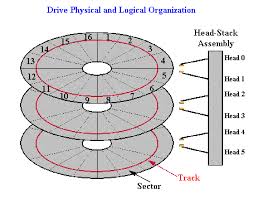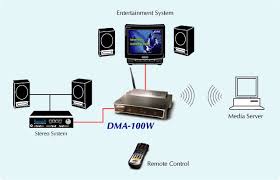1. What is the difference of OS in terms of user's view and system's view?
-
2. Explain the Goals of Operating System?
-The Goals of OS is to give a pleasant and user interface, to give a satisfuction to the user, to have a
3. What's the difference between Batch systems, Multiprogrammed systems, and
Time-Sharing systems?
-
4. Advanteges of Parallel systems.
-The advanteges of parallel system is, it has one or more processor and the other one is, if one processor is not functioning, there is a back up. because it has one or more processor.
5. Differentiate Symmetric Multiprocessing and Asymmetric Multiprocessing.
-symmetric multiprocessing or SMP involves a multiprocessor computer-architecture where two or more identical processors can connect to a single shared main memory
or example: the one is the Master and one is the slave. while the asymmetric processing is varies greatly from the standard processing model that we see in personal computers today. like there's no master or slave, fair.
6. Differentiate Client-server systems and Peer-to-Peer systems.
-The difference between the two is the client server is existing if there is a server and Client-server computing or networking is a distributed application architecture that partitions tasks or work loads between service providers (servers) and service requesters while the peer-to-preer server can be a client or server
at the same time.
7. Differentiate the Design issues of OS between a stand alone PC and a Workstation
connected to a Network.
-The Stand alone PC is just like your own PC, it doesn't connect with the other PC's,
while the Workstation connected PC is compose of one or two PC's but attached by two or more monitors.
8. Define the essential properties of the following types of OS.
a. Batch- are set up so they can be run to completion without human interaction, so all input data is preselected through scripts or command-line parameters. This is in contrast to "online" or interactive programs which prompt the user for such input. A program takes a set of data files as input, process the data, and produces a set of output data files. This operating environment is termed as "batch processing" because the input data are collected into batches on files and are processed in batches by the program.
b. Time Sharing- is sharing a computing resource among many users by multitasking. Its introduction in the 1960s, and emergence as the prominent model of computing in the 1970s, represents a major historical shift in the history of computing. By allowing a large number of users to interact simultaneously on a single computer, time-sharing dramatically lowered the cost of providing computing, while at the same time making the computing experience much more interactive
c. Real Time-In computer science, real-time computing (RTC) is the study of hardware and software systems that are subject to a "real-time constraint"—i.e., operational deadlines from event to system response. By contrast, a non-real-time system is one for which there is no deadline, even if fast response or high performance is desired or preferred. The needs of real-time software are often addressed in the context of real-time operating systems, and synchronous programming languages, which provide frameworks on which to build real-time application software
d. Network-
e. Distributed-Distributed computing deals with hardware and software systems containing more than one processing element or storage element, concurrent processes, or multiple programs, running under a loosely or tightly controlled regime.
f. Handheld-Handheld is common names for mobile devices such as Hand-held camera,
Hand-held computer, Handheld computing ,Handheld (gaming),Handheld electronic game
 .
. amer.
amer.




